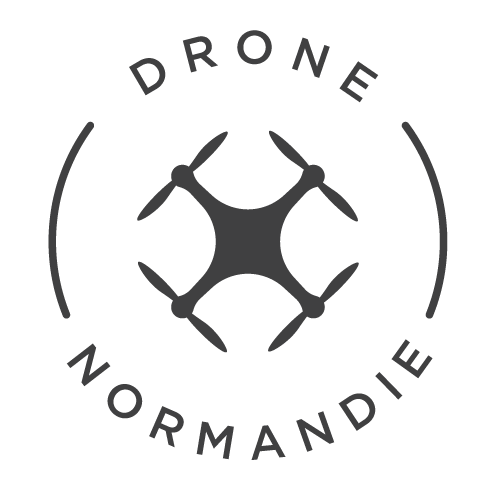From their beginnings as military tools, drones have evolved rapidly to become ubiquitous technologies in many areas of society, such as surveillance, agriculture, photography, scientific research, logistics and more. In 2023, the world of drones has continued to evolve, with new technological advances and legislative changes altering the way we use and perceive these devices. This article examines the main trends and developments in the drone industry in 2023.
Technological advances
-
Miniaturization and reduced weight: The drones of 2023 have become smaller, lighter and more maneuverable than ever. Advances in materials and design have made it possible to reduce drone weight while maintaining good flight autonomy and operational range. This miniaturization has made drones more accessible for both personal and commercial use.
-
Extended flight time: Advances in battery technology have dramatically improved drone autonomy. The new lithium-sulfur batteries offer higher energy density, enabling drones to fly longer without recharging. Some drones can now stay aloft for over an hour, opening up new possibilities for surveillance, mapping and other applications.
-
Improved sensors: Drone sensors also saw significant improvements in 2023. High-resolution cameras, thermal sensors, lidars and other technologies enable drones to capture more precise and detailed images and data. These advanced sensors are used in a variety of applications, such as infrastructureinspection, environmental monitoring and mapping.
-
Artificial intelligence (AI) and automation:AI will play an increasingly important role in drones in 2023. AI-powered drones can analyze data in real time, identify objects, track targets and make autonomous decisions. This automation enables drones to carry out complex missions without constant human intervention, such as delivering parcels or searching for missing persons.
-
Communication and connectivity: Modern drones use state-of-the-art communication technologies to maintain a stable connection with operators. Drones can now be remotely controlled using 5G networks or satellites, enabling them to be used in remote, hard-to-reach locations. This enhanced connectivity is essential for large-scale surveillance applications, wilderness search and rescue, and other remote operations.
Legislative changes
-
Flight rules: drone regulations evolved in 2023 to meet the security and privacy challenges posed by the growing use of these devices. Governments have put in place strict rules concerning authorized flight zones, maximum altitudes, proximity to people and property, and other aspects of drone flight. These rules are designed to protect the safety of people on the ground and prevent collisions with other aircraft.
-
Registration and identification: many countries now require drones to be registered withcivil aviation authorities. The aim of this measure is to make drone owners more responsible, and to make it easier to identify drones in the event of an incident. Some countries have also set up real-time drone tracking systems to monitor their movement and prevent unauthorized flights.
-
Commercial use: Regulations on the commercial use of drones were relaxed in some countries in 2023, opening up new opportunities for businesses. Drones are now used for parcel delivery, infrastructure inspection, precision farming and other commercial applications. However, these activities are subject to specific rules to ensure safety and compliance with local laws.
The year 2023 has been marked by impressive technological advances in the drone industry, as well as significant legislative changes. Drones have become smaller, lighter, smarter and more connected, opening up new possibilities for personal and commercial use. However, drone regulations have also been tightened to meet the security and privacy challenges posed by these devices. As the drone industry continues to grow and develop, it is essential to strike a balance between innovation and regulation to ensure the safe and responsible use of these technologies.

